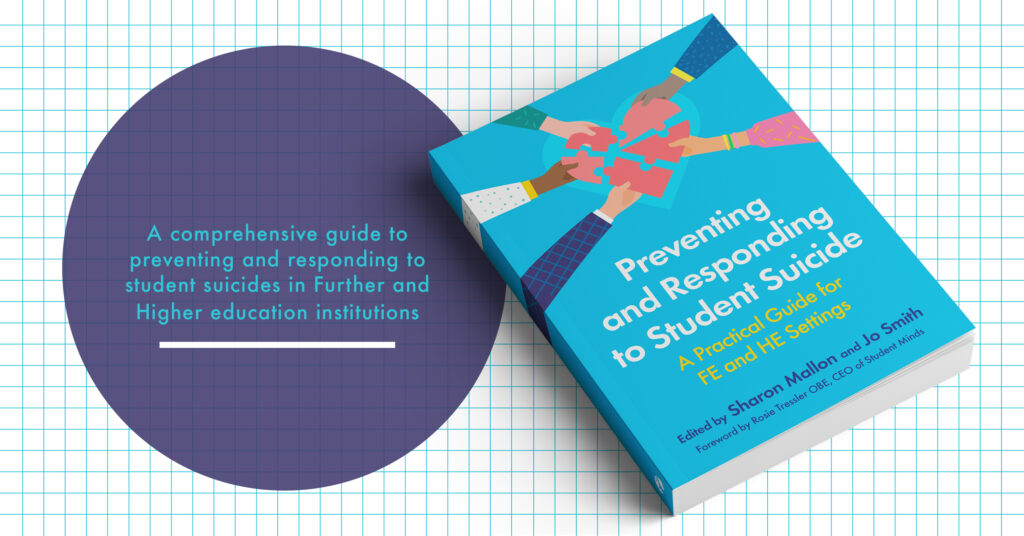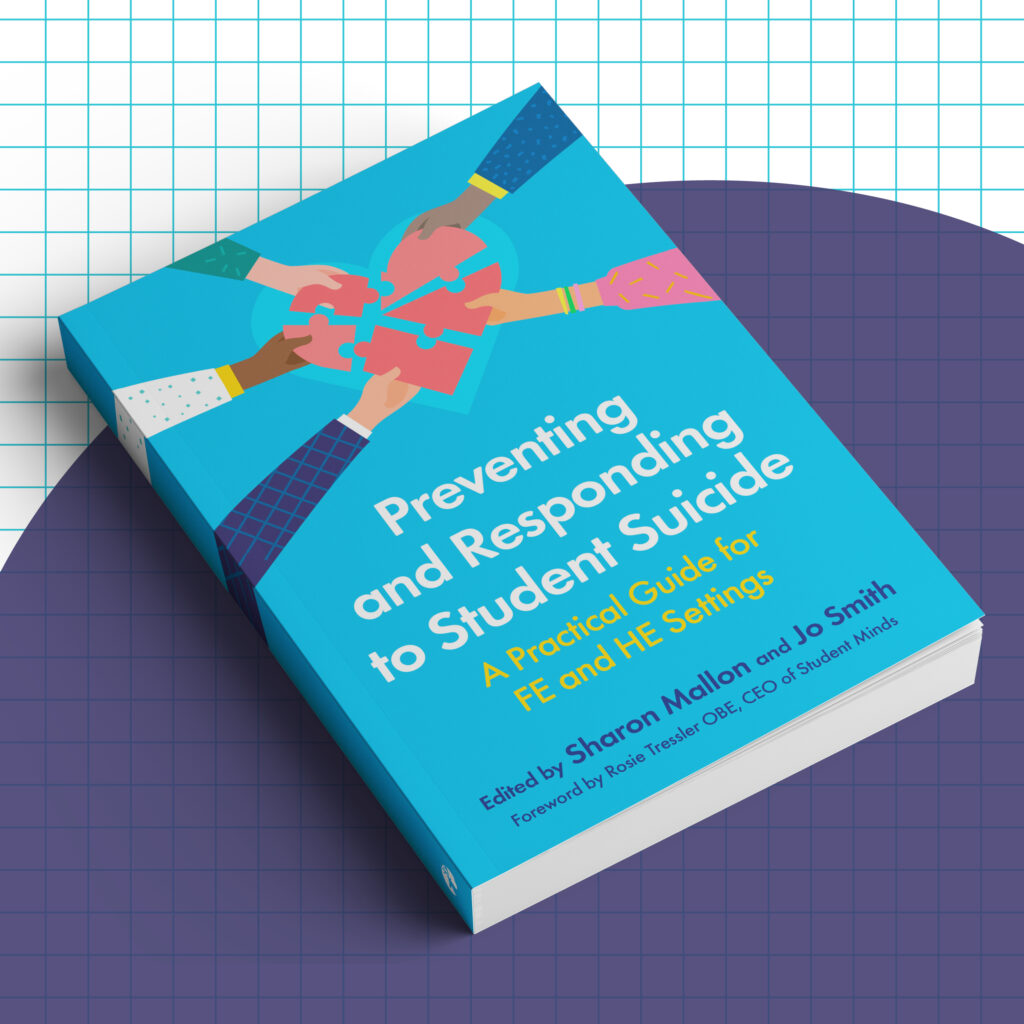
Creating hope through action: a suicide researcher’s perspective
CONTENT WARNING – suicide is a main focus of this blogpost. In honour of World Suicide Prevention Day, Sharon Mallon reflects on what lead her to write Preventing and Responding to Student Suicide – a journey from burnt-out researcher to lecturer dedicated to making a difference through action.
The theme of this year’s World Suicide Prevention day “Creating hope Through Action” strikes a personal cord for me because it is the hope that I create through my actions as a researcher and academic that allows me to continue to work in this challenging area.
Almost 20 years ago, more by accident than design, I started work as a researcher in suicide prevention and postvention. My first major project was a UK wide study, working as a researcher exploring suicide among university students in what became the RaPSS study. I then completed a PhD exploring the experiences of those who were bereaved by the death of a friend to suicide. After this my post-doc work was a national mixed methods study of suicide in Northern Ireland.
All in all, I spent almost a decade travelling around the UK researching why people die by suicide, and looking for ways in which we might help prevent them from doing so, or provide better supportive responses to those who are left behind in the aftermath of these tragic deaths. As a mainly qualitative researcher, I spoke to many family members, from across the generations, each of whom was connected by having experienced the loss of a loved one to suicide. I was full of gratitude for the time and trust they had placed in me. I also felt a strong sense of duty, and an inherent obligation to make a difference. Many of the families I spoke to, revealed to me their primary motivation for taking part in the research was to prevent other families going through the same tragic loss.
“Many of the families I spoke to, revealed to me their primary motivation for taking part in the research was to prevent other families going through the same tragic loss”
At the end of what was an intense period of research, I was more burnt out than I could openly admit. There were so many deaths by suicide that it felt overwhelming. I took a break, but I vowed to myself that I would dedicate the next phase of my career to taking actions that would bring back hope not only to me, but more importantly to families and friends.
As I became a full time lecturer and temporarily left research behind, I made a list of actions I wanted to take that I thought would help make a practical difference to suicide prevention. Last year, one of these actions finally came to fruition, as working alongside co-editor Professor Jo Smith, and with contributions from some of the most imminent researchers in the UK and across the world, we published the UK’s first book focused on student suicide in the HE and FE sectors. The book, Preventing and Responding to Student Suicide is heavily focused on providing practical examples of how we can create hope through careful individual and collective action to help prevent suicide, and how to respond with care and compassion, should a death take place. Examples that are provided in the book include the development of safety plans, guidance on how to spot particularly risky times for students such as transitions, how to limit the risks posed by social media to name a few.
“It is important that we hold onto hope even though death by suicide continues to happen”
The publication of this book, and the response of those who have read it, has brought a great deal of hope to me. It is important that we hold onto hope even though death by suicide continues to happen. This summer I have learnt of the death of two people lost too soon to suicide and I was a small part of the response in helping plan the support of those who were impacted. Even though I did not know these people personally, each of their deaths brought tears to my eyes, and for a moment, a sense of intense sadness as I recall the many individual stories, I have heard over the years of people lost to suicide.
I know we still have a lot to learn, and we need to continue to push ourselves as practitioners and researchers but also policy makers and anyone within our sphere of influence to take seriously the funding of mental health and support services. However, I know from working with colleagues on this book, from the cutting-edge research that has been produced over the time I have been working in this area, and from personal experience, that we each can take small actions that can help to prevent suicide. It is this which allows us to continue create hope through action. This is something we must never stop doing.

This blogpost was written by Sharon Mallon, Senior Lecturer in Mental Health and co-author of Preventing and Responding to Student Suicide – available now.
Enjoy reading this piece? Check out the blog ‘Suicide Prevention: Changing the Power Balance between Professional and Client‘
Want to be updated on more blog content, book releases and other news? Please sign up to our mailing list here.